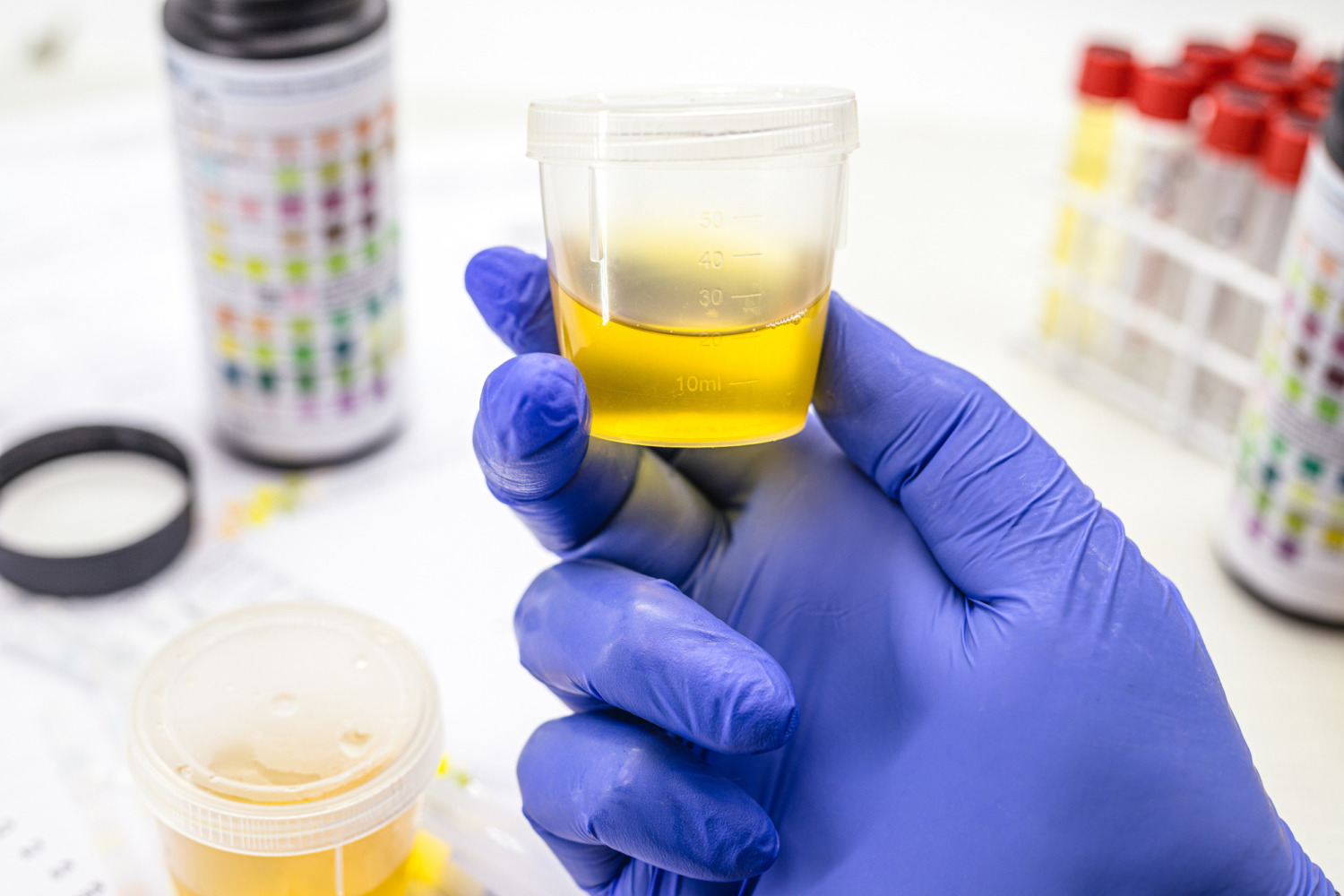Drug testing is a common practice in many workplaces, particularly in federally regulated industries where safety and security are top priority. If you are a safety-sensitive employee you will be required to submit to drug and/or alcohol tests under several circumstances. Among the various drug testing methods available, the 5-panel drug test is widely used to detect the presence of specific substances.
What is a 5-Panel Drug Test and How Does it Work?
A 5-panel drug test is a screening method that identifies the presence of five commonly abused substances in an individual’s system. It involves analyzing a biological sample, such as urine, for the presence of these substances. The test relies on sophisticated laboratory techniques that can detect even trace amounts of drugs. The goal is to ensure a safe and drug-free working environment, especially in industries that are regulated by federal agencies.
Substances Detected in a Typical 5-Panel Drug Test
The substances commonly detected in a 5-panel drug test include: a) Marijuana (THC): Identifies the presence of marijuana use. b) Cocaine: Identifies recent cocaine use, typically within a few days. c) Amphetamines: Includes drugs like methamphetamine and ecstasy, detecting use within a few days. d) Opiates: Screens for substances like heroin, codeine, and morphine, detecting recent use. e) Phencyclidine (PCP): Identifies the presence of PCP, a hallucinogenic drug.
Different Types of Sample Collection Methods
To conduct a 5-panel drug test, different sample collection methods can be employed, such as: a) Urine: The most common method due to its convenience and non-invasive nature. It provides a window into recent drug use. b) Blood: Offers precise and accurate results, but it is only required by the FRA as part of their Post-Accident testing. c) Hair: This method provides a longer detection window, ranging from several days to months. It is useful for assessing long-term drug use. d) Saliva: A relatively new method that is gaining popularity due to its ease of collection and ability to detect recent drug use.
It is important to note that for DOT-mandated employee drug testing, only urine is used as a specimen unless the employee is employed under the FRA mode and involved in an accident.
Consequences of Failing a 5-Panel Drug Test and Finding a Substance Abuse Professional (SAP)
Failing a 5-panel drug test can have serious consequences for federally regulated employees. It can lead to termination and referral to a SAP to complete the return to duty process. In such cases, finding a Substance Abuse Professional (SAP) becomes crucial. A SAP is a qualified professional who evaluates individuals with substance abuse problems, provides recommendations, and monitors their progress. SAPs play a vital role in helping individuals address their substance abuse issues and regain their eligibility to work in safety-sensitive positions.
Get in Touch with SRS to Find a Substance Abuse Professional
In federally regulated industries, maintaining a drug-free workplace is crucial for ensuring safety and security. The 5-panel drug test serves as an effective tool to detect the presence of commonly abused substances. By understanding how these tests work, the substances they detect, sample collection methods employed, and the steps to take if one fails, employees can better prepare themselves and seek the necessary support for recovery.
If you are a federally regulated employee in need of a Substance Abuse Professional (SAP) or assistance with navigating the process following a failed drug test, reach out to SAP Referral Services (SRS). Our team of experts can guide you through the necessary steps to find a SAP near you. Get in touch to get started!
